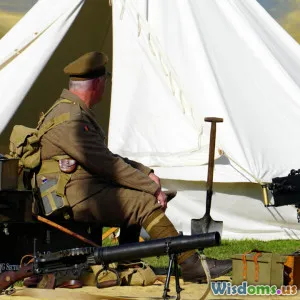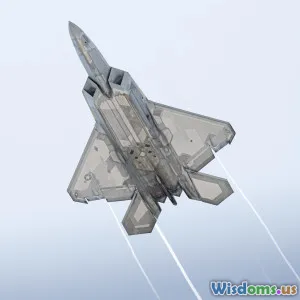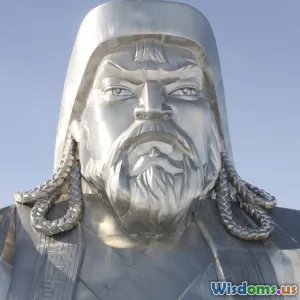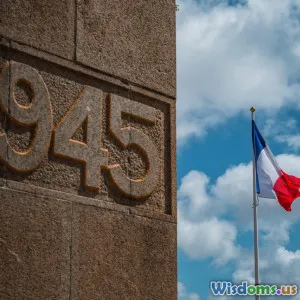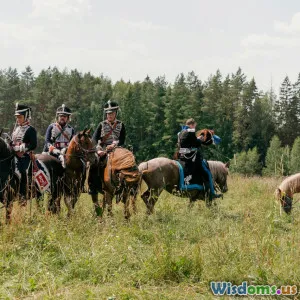
What the Napoleonic Wars Reveal About Leadership in Crisis
15 min read Explore the leadership lessons from the Napoleonic Wars and how they apply to managing crises today. (0 Reviews)
What the Napoleonic Wars Reveal About Leadership in Crisis
When Europe plunged into chaos in the early 19th century, one man’s vision and unparalleled drive reshaped not only armies, but the very definition of leadership. The Napoleonic Wars (1803–1815), a tempest of shifting alliances and technological innovation, provide a laboratory for understanding leadership under extreme conditions. Though cannon smoke has long cleared, the choices of Napoleon Bonaparte—and his adversaries—still spark lessons for modern executives, public leaders, and anyone steering teams through turbulence.
The Anatomy of Leadership in Uncertainty
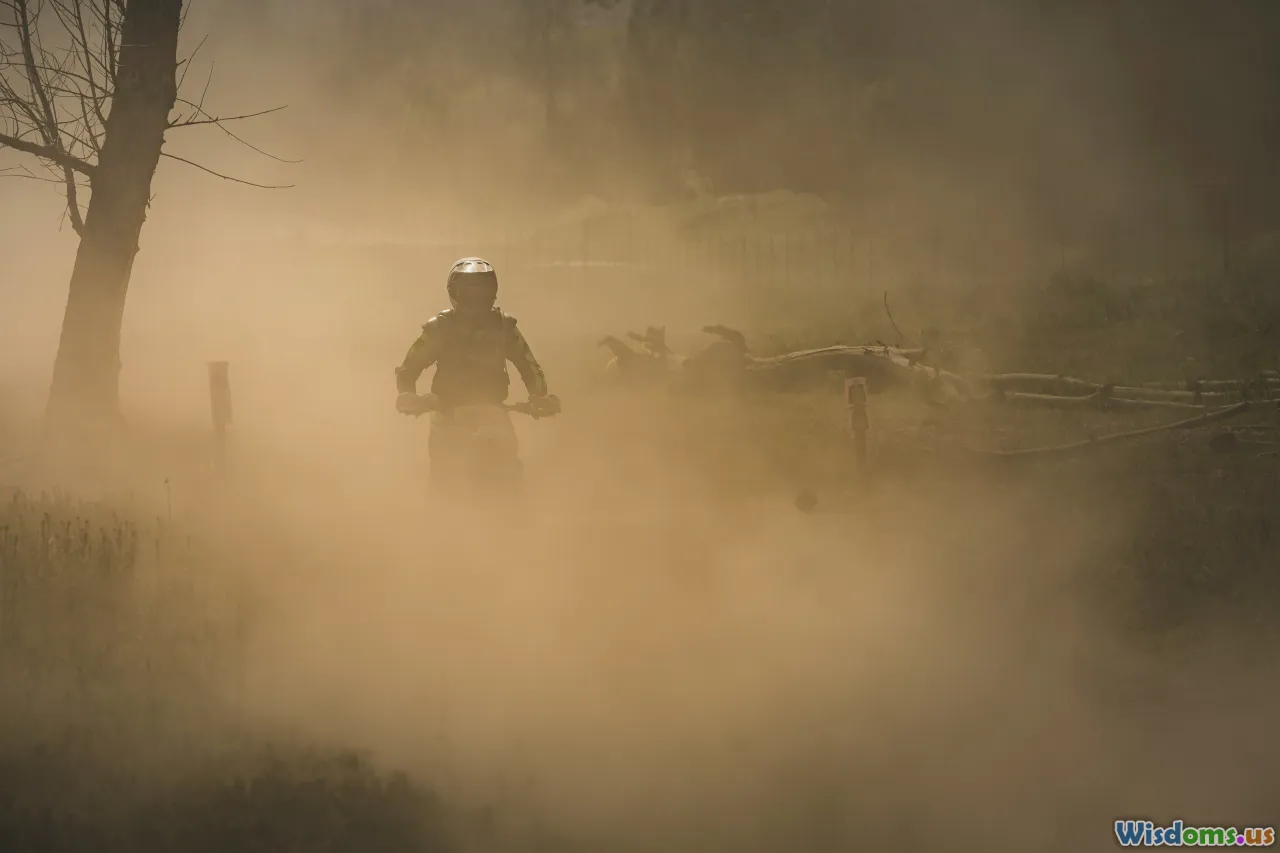
Imagine the battlefield of Austerlitz in December 1805: heavy mist, troops exhausted after long marches, foes more numerous than your own men. Napoleon did not panic. Instead, he famously said, "In war, as in life, it is often necessary to act without knowing everything." In a world favoring prepared and steady hands, leadership during the Napoleonic Wars was defined by thriving amidst uncertainty.
Napoleon’s signature "battlefield calculus" focused on making the best decision with the information available, even if perfect clarity was unattainable. He mobilized reconnaissance cavalry, pioneered rapid dispatch couriers, and centralized intelligence signals. At Austerlitz, he lured Russian and Austrian forces by feigning weakness, then decisively split their armies, turning uncertainty to tactical advantage.
Modern Insight:
- Embrace ambiguity: Effective leaders act despite incomplete data, while building feedback loops for continual adjustment.
- Rapid situational assessment: Empower teams to surface field-level insights quickly; often, ground truth outpaces strategic planning.
Morale as an Engine for Resilience
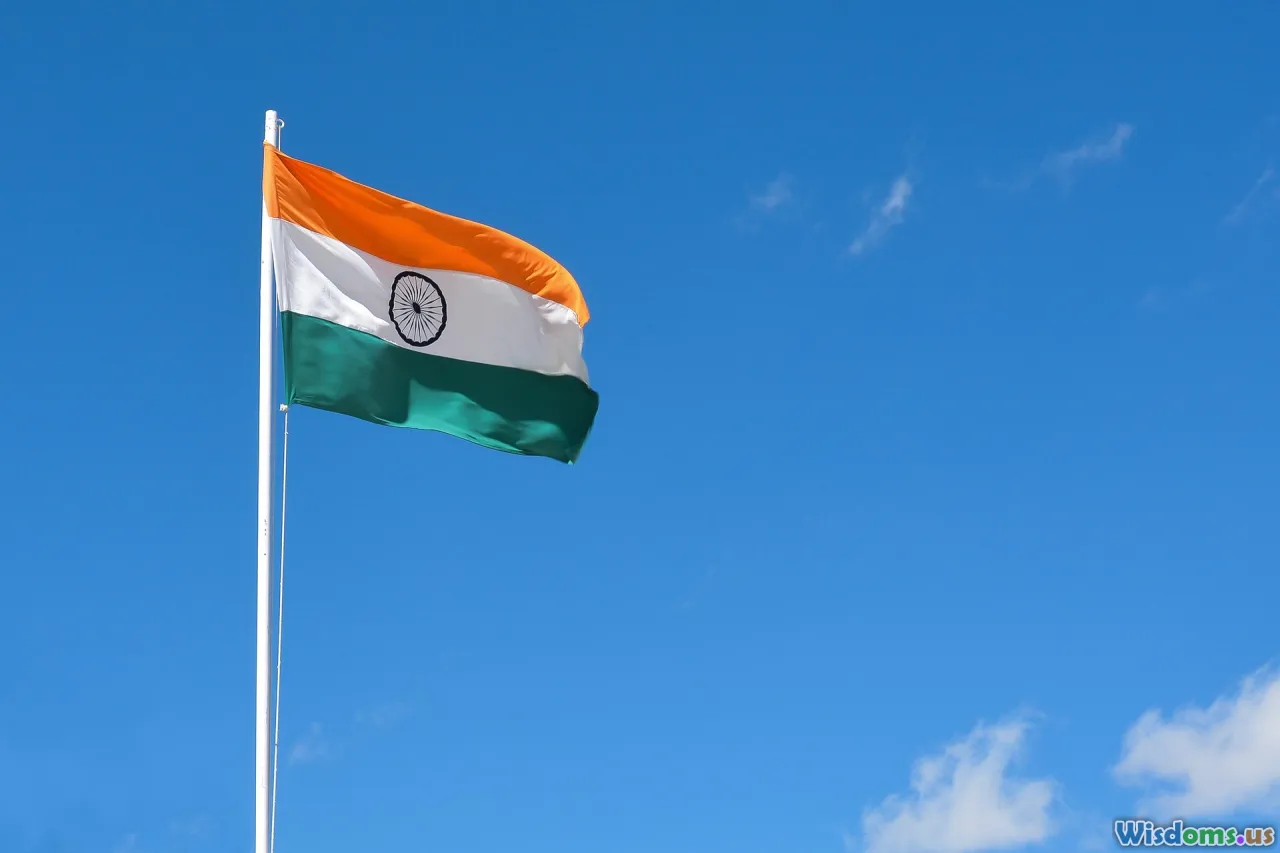
Napoleonic victories cannot be explained solely by superior numbers or weapons. French morale—bolstered by the ideals of the Revolution—was an asset as vital as cannons. Soldiers wore tricolor cockades, sang patriotic songs, and truly believed the Empire represented their interests.
Napoleon, acutely aware of morale’s force-multiplier effect, rode amongst his men before critical battles, speaking to privates and sergeants, ensuring they felt seen. At Jena (1806) and Wagram (1809), his charisma and accessibility convinced troops they shared in his glory and mission.
Contrast this with the multi-national Coalition armies: although often larger, their conscripts lacked unity and clear purpose, fracturing under pressure. Leadership faltered where rank and file felt like expendable cogs.
Actionable Lessons:
- Invest in shared purpose: Purpose welds workforce to mission, making them resilient during adversity.
- Visibility matters: Leaders must be present and authentic; walking the floor is worth more than memos during a crisis.
Adaptability Versus Rigid Tradition
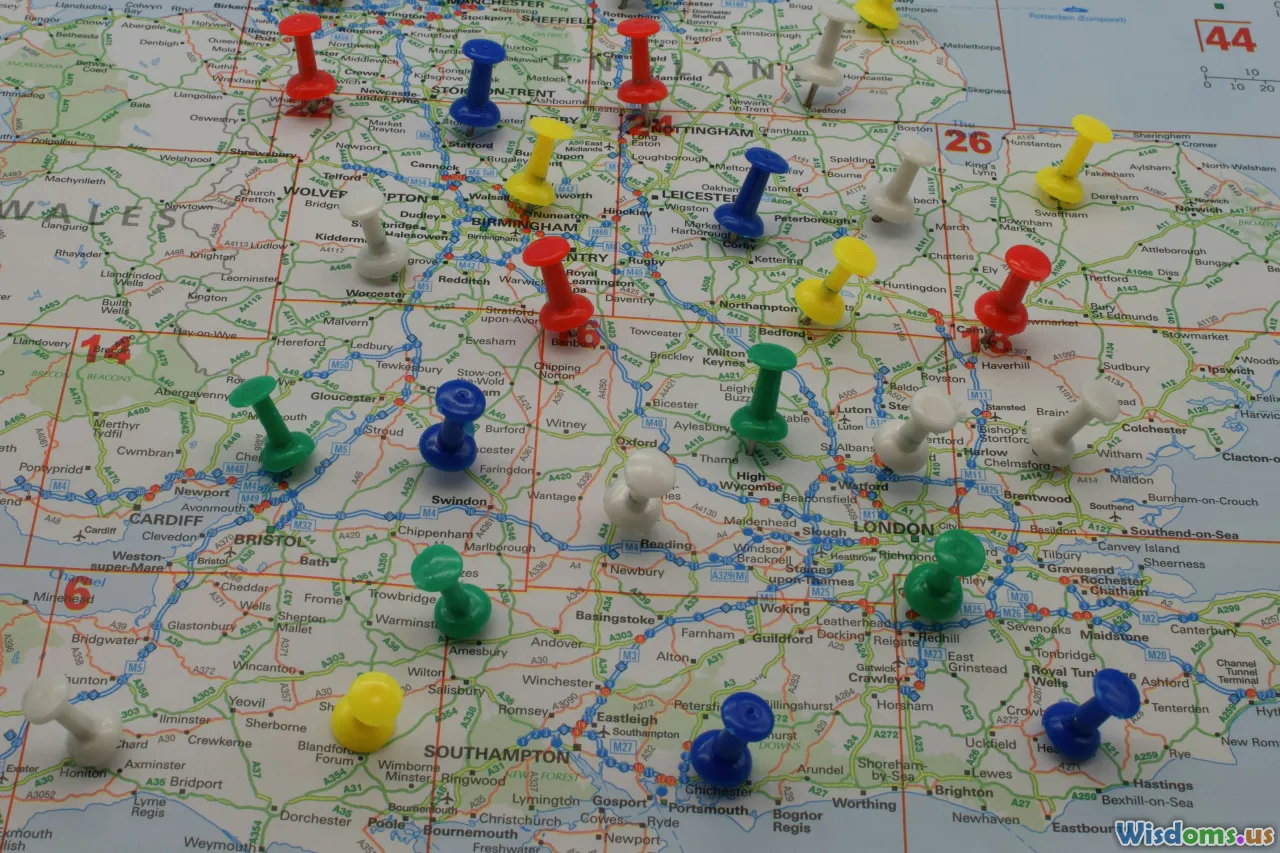
Napoleon’s genius did not spring solely from tactical brilliance, but from strategic adaptability. He institutionalized the Corps system—dividing large armies into semi-autonomous units capable of acting on initiative while maintaining unity of purpose. Whereas the lumbering armies of Austria and Prussia still adhered to 18th-century lines and rigid command structures, Napoleon’s flexible forces could march disparate routes and coalesce rapidly for battle, as at Ulm in 1805.
Operational innovation extended to logistics (the grande armee often "lived off the land"), speed of communication (relays of couriers and mobile staff), and the relentless development of officer talent—meritocracy over pedigree. Such methods left France able to out-maneuver, out-think, and out-recruit more stagnant foes—until others, like the Prussians post-1807, began to emulate his reforms.
How-To — Encouraging Adaptability in Teams:
- Deliberately break outdated processes: Reward initiative and experimentation, not just results.
- Cross-train staff: Diverse competencies prepare teams to shift roles as needs change.
- Keep communication nimble: Centralized command empowers speed only when paired with distributed autonomy.
Decentralized Command: Empowerment on the Edge

Marshal Soult at Austerlitz, Marshal Davout’s flank march at Auerstädt—time and again, Napoleon’s field commanders acted decisively far from headquarters. The Corps system enabled commanders to exercise discretion, operate independently for days, and react rapidly to evolving situations. This decentralized philosophy, mission command, arose from the recognition that leadership could not—and should not—micromanage every engagement across hundreds of miles.
By contrast, Prussian defeat at Jena-Auerstädt demonstrated that rigid hierarchies slowed down response times; orders traveled slowly, and field officers felt unable to interpret or modify instructions when circumstances changed.
Modern Parallel:
- Tech firms foster innovation by giving teams "ownership" of projects, within a framework aligned to strategic goals. True empowerment requires leaders to trust—and train—people to succeed in conditions of ambiguity.
Lessons from Defeat: The Limits and Costs of Command

Even Napoleon’s star dimmed at Waterloo (1815). There, his earlier habits of central control and reliance on subordinates’ intuition were not enough; communication lines broke down, coordination lapsed, and even Bonaparte’s presence could not halt panic.
Napoleon’s approach, while revolutionary, revealed pitfalls:
- Overconfidence in past formulas: The “maneuver-surprise-smash” doctrine was outpaced by opponents who had adapted.
- Ignoring logistics: During the Russian campaign (1812), over-extension led to catastrophic supply failures, and the Grande Armée withered—starving, freezing, and fighting on a shrinking line of retreat.
- Failure to let go: Napoleon appointed relatives (like brother Joseph) and loyalists to critical commands, undermining his meritocratic legacy as setbacks mounted.
Analysis: Understanding the Cost of Command
- Leaders must accept when plans are no longer fit for the purpose.
- Hubris can blind decade-long achievers to new realities; invite dissent and honest assessment.
- Resilient organizations document and learn from defeats, not just victories.
Competition Drives Innovation—And Learning to Hear the Enemy

On the fields of Europe, generals who survived were those who learned—not just from triumphs, but from their rival’s tactics. The Prussians, crushed at Jena, reformed under Scharnhorst—embracing conscription, tactical flexibility, and the concept of the general staff. The British, under Wellington, engineered robust supply chains (“the Peninsula system”) and integrated intelligence gleaned from Spanish guerrillas.
The arms race in Europe—a crucible of lead and wit—rewards organizations that learn fastest. Napoleon founded advanced staff colleges, institutionalizing young officers’ education even as war raged. By contrast, those who refused to adapt (Austrian Habsburg generals, for instance) suffered setback after setback.
Tips for Organizational Growth:
- Benchmark rivals: Study direct competitors or analogs in other fields; adaptation often means selective adoption of others’ strengths.
- Institutionalize after-action reviews: Make open, honest post-mortems part of operational routine, so teams can pivot rapidly.
- Champion information gathering: Encourage curiosity; decentralized intelligence is as valuable now as it was to blind couriers in 1813.
Shared Ideology—Not Just Orders—Animates Movements

Armies fight harder (and businesses thrive) when they align individual incentives with broader values. After the grim attrition of the Russian campaign, Napoleon’s reign flickered because both soldiers and civilians lost faith in the project. Meanwhile, nationalistic fervor inspired mass resistance in Spain (“guerrilla” warfare) and eventually Prussia, spurring movements with tenacity far surpassing what pay or coercion could buy.
Comparison:
- Napoleon motivated with material reward (titles, medals, lands), but his greatest asset was once the shared sense of historical destiny he invoked.
- Coalition powers shifted from top-down conscription to rallying popular will with appeals to "liberty," "homeland," and existential threat—a lesson for today’s leaders championing corporate missions or public health causes alike.
Crisis Leadership: Both Vision and Empathy

What set Napoleon apart was not just audacity, but his capacity to blend vision with empathy—calculated risk with reassurance. The power of his personal brand became legendary, but ultimately came undone when hubris overwhelmed empathy.
In spring 1814, Parisians—exhausted by endless war and conscription—welcomed Bourbon restoration. Their support had not been inexhaustible; the social contract required the leader to see and adapt to their burdens. Vision must be tethered to the capacity to listen and recalibrate.
How the Best Crisis Leaders Endure:
- Anticipate collective exhaustion: Build mechanisms to sense fatigue or mission drift in teams early.
- Model vulnerability: Listen to bad news with the same attention as victories; don’t punish messengers.
- Rally to a future, not just a task: Address anxieties while pointing to long-term renewal, not just temporary triumphs.
The Power—and Limits—of Charisma

Napoleon’s mere presence on the field of battle lifted morale and stoked zeal. The phrase “Vive l’Empereur!” became a battlefield chant. Yet, as seen in his final campaigns, even the mightiest charisma fades if not sustained by organization, purpose, and adaptation.
Modern crisis managers, like Apple’s Steve Jobs or political leaders facing existential threats, often win initial buy-in through the force of personality. But lasting success depends on building successors and resilience into the system.
Actionable Advice:
- Use charisma to kindle action, but cement momentum through process and principled structures.
- Share the credit: Spotlight achievements across the organization. Napoleon’s Marshals earned their place in legend because their victories were not just his own.
- Plan your succession early: Leadership that creates more leaders, not just followers, weathers crises best.
The Enduring Relevance of Napoleonic Leadership
The legacy of the Napoleonic Wars is not the map of Europe, but a living textbook on navigating crisis. Leadership in uncertainty demands humility, adaptability, steady purpose, and a capacity for continuous learning. In every shattered cannon or unexpected victory of that era lie reminders that great leaders are forged in times of highest stress—and it is how they respond, change, and listen (as much as how they act boldly) that determines their eventual, lasting impact.
Those at the helm today—CEOs facing industry upheaval, government officials in a crisis, non-profit leaders rallying volunteers—can harness the spirit of Napoleon’s genius and the counter-examples of his failures. When crisis becomes the norm rather than the exception, the leaders who thrive are those who place vision on their banners, yet walk each muddy field beside their people, ever open to change.
Rate the Post
User Reviews
Popular Posts










